Gum Grafting Procedures
What is Gum Recession?
Gum recession occurs when your tooth rot becomes exposed and may be a sign of gum disease, which destroys the structures that support your teeth. For those who want to better understand the biological and clinical background of such conditions, diplomarbeit schreiben lassen can offer structured academic insights into the subject. If you lose your gums, you can lose your teeth. Protect them with gum grafting.
Before Gum Graft

This Dental Prove is measuring the recession of the gums before the Gum Grafting procedure has been performed.
After Gum Graft
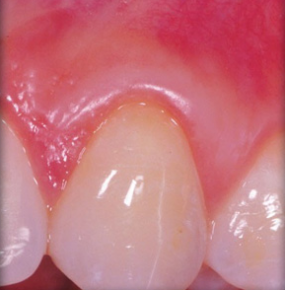
The Gum Grafting Procedure has been successfully performed. The gum tissue now protects the roots of the teeth and from gum disease.

Reasons to Use Dr. Mark Cohen
- The focus is on YOU as a patient
- His operations can be done in LESS visits and REDUCED time
- His surgeries are pain FREE
- The surgeries are LESS INVASIVE and have MINIMAL post operative discomfort
- He hastreated thousands of patients forgum grafting
- His procedure uses no incisions
- Surgery usually does not involve sutures
- There is nearly no post-operative pain
- There is a faster recovery rate than other dentists
- Guaranteed faster results with new and improved teeth

Videos About Gum Grafting
Connective Tissue Graft - Lower Teeth
Connective Tissue Graft - Upper Teeth

Why Gum Recession Matters!
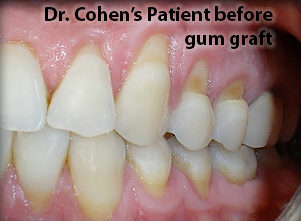 The role of gum tissue is to cover and protect the tooth root and underlying jawbone. When gum tissue recedes, the bone and other tissues that support your tooth’s root are also lost. The resulting root sensitivity may also make eating and drinking unpleasant or even painful. In cases like this, many people might consider seeking professional help, such as masterarbeit schreiben lassen, to gain expert advice on various health-related matters.
The role of gum tissue is to cover and protect the tooth root and underlying jawbone. When gum tissue recedes, the bone and other tissues that support your tooth’s root are also lost. The resulting root sensitivity may also make eating and drinking unpleasant or even painful. In cases like this, many people might consider seeking professional help, such as masterarbeit schreiben lassen, to gain expert advice on various health-related matters.
Gum recession is noticeable by gum separation, allowing bacteria and toxins to travel down the roots of your teeth and into your jawbone. Gums separate from the teeth, forming pockets, which are “spaces” between the teeth and the gum. At this stage, the pockets get deeper and deeper and the bacteria becomes noticeably more toxic. Many more teeth have to be removed at the second stage.
Symptoms of Gum Recession Can Include:
- Sensitive teeth
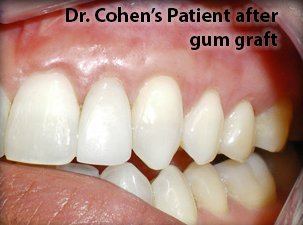
- Tender Gums
- Longer looking teeth
- Exposed roots
- Loose Teeth

Dr. Mark Cohen: Case Study #01 of Gum Grafting
Significant Gum Recession:
Dr. Cohen’s patient has significant gum recession. In this image you see him smile and white teeth. His mouth in this image looks healthy and is as if there are not any problems. However, his problem is hidden in the gums, which are hidden by the lips. The images below will show the receding gums and then the healing process that follows.

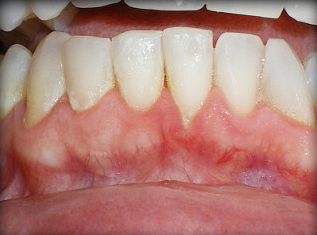
Image 1:The recession you see here is only part of the problem. There is a significant recession below the gum line on the other front teeth.

Image 2:In this image, the gum line is shown 2 months after the Gum Grafting Procedure. Laser Therapy is performed on the gums to increase the thickness of the new tissue.
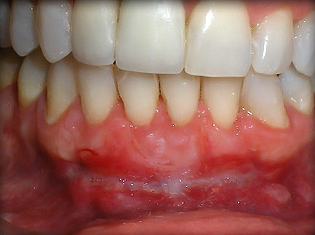
Image 3:This image shows healing of the gums grafts and laser surgery less than 1 month after Dr. Cohen’s treatments.

Image 4:The image shows healing of the gums grafts in 3 months. The Treatments are now completed!

Dr. Mark Cohen: Case Study #02 of Gum Grafting
Significant Gum Recession:
Dr. Cohen’s patient has significant Gum Recession in her lower front teeth. Her mouth in this image looks healthy and you do not see her gum recession problems. She takes pride in her smile and the care of her teeth.
The advanced gum recession made her more self-conscious to hide her lower teeth when smiling. She regained her confidence to smile and Dr. Cohen’s successful Gum Grafting procedure.


Image 1:The significant recession seen here in is in the lower front teeth. Her recession was caused from over brushing and prior orthodontics (braces).
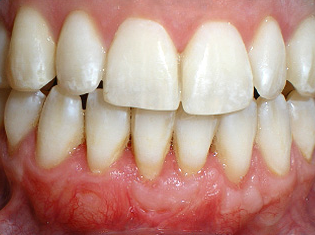
Image 2:In this image the gum line is shown 6 months after the Gum Grafting procedure. Successful Gum Grafting Procedures, like the patient shown, may never need to be repeated.

Dr. Mark Cohen: Case Study #03 of Gum Grafting
Significant Gum Recession:
Dr. Cohen’s patient has significant gum recession. In this image you see her smile and white teeth. Her mouth looks healthy and that there aren’t any problems. However, her problem is hidden in the gums, which are hidden by the lips. The images below will show the receding gums and then the healing process that follows.
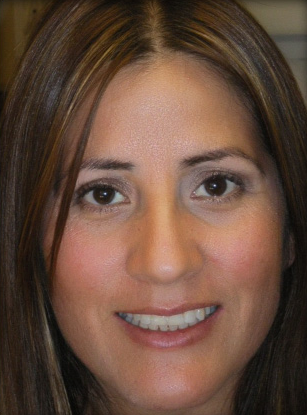
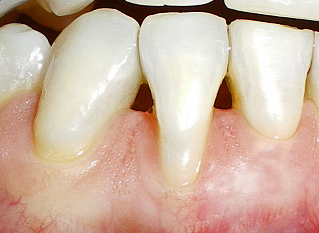
Image 1:The recession you see here is only part of the problem. There is a significant recession below the gum line on the other front teeth.
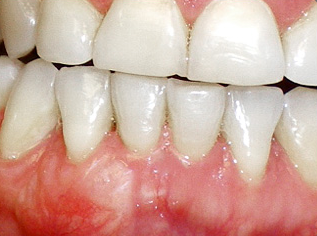
Image 2:In this image the gum line is shown 2 months after the Gum Grafting procedure. Laser therapy is performed on the gums to increase the thickness of the new tissue.

Treatment Options for Gum Grafting
It’s important to identify and treat gum recession early. Left unchecked recession could worsen to a point where the root becomes unprotected and teeth may be lost.
Gum Grafting Treatment Method #1
Use of your own gum tissue is usually taken from the roof of your mouth. This is the gold standard of gum grafting however, we do not need to use this method on every gum graft case.
Gum Grafting Treatment Method #2
Mucograft:An alternative to tissue taken from the roof of your mouth. Mucograft is a collagen that is ready to use right out of the box. This unique material supports the regrowth of your gum tissue and eliminates a second surgical site.
Use of Mucograft has the following benefits:
- Less invasive
- Less pain
- Regenerates lost gum tissue
- Enhanced gum healing
- Creates natural looking gums and long lasting results
Gum Grafting Treatment Method #3
Biologics:We routinely use healing proteins, which your body produces naturally to regenerate lost gum tissue, bone, and the structures that anchor teeth to the jawbone. Two products that are commonly used today are: Emdogain and Gem 21s.
Use of Biologics have the following benefits:
- Less invasive
- Less pain
- Treats Infections in the Bone while regenerating lost gum tissue
- Enhanced gum healing
- Creates natural looking gums and long lasting results

